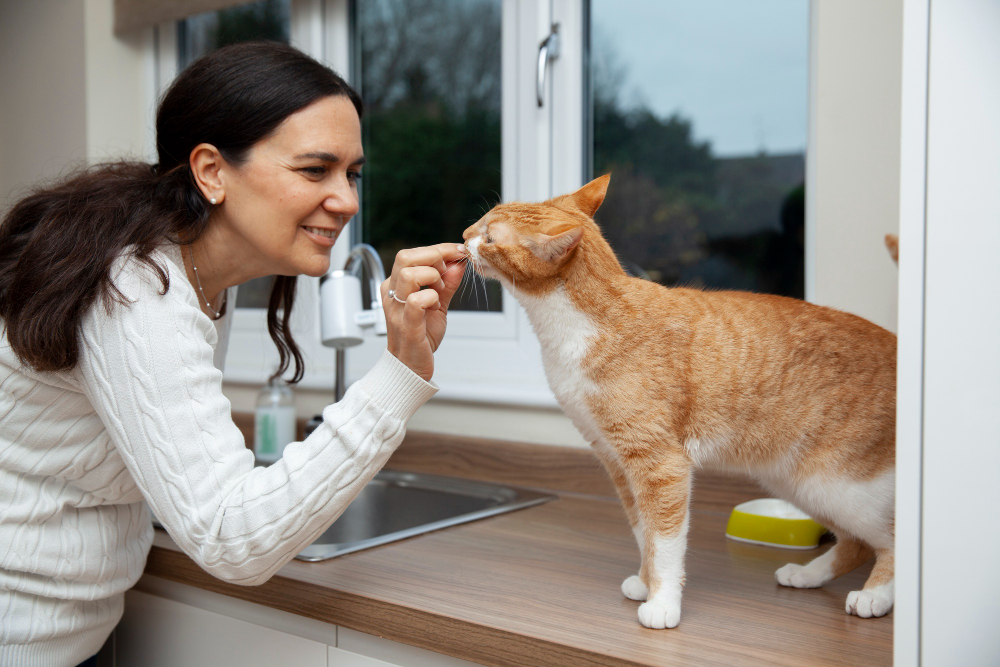Pet Insurance in 2025: Is It Worth the Investment for Your Furry Friend?
- 07-04-2025

Excerpt/Summary
Pet insurance is no longer a luxury—it's becoming a necessity. With rising veterinary costs and increasing awareness of pet healthcare, more pet owners are turning to insurance for financial peace of mind. This blog explores what pet insurance covers, how it works, average costs, and whether it’s truly worth it for your pet’s well-being.
Introduction: Why Pet Insurance Is Gaining Popularity
Over the last few years, pet ownership has seen a boom—and with it, a rising demand for better healthcare for pets. From advanced surgeries to modern diagnostics, veterinary services have become more sophisticated, and expensive. Enter pet insurance, a tool that helps you manage these costs without compromising on your pet’s care.
But is it actually worth it? Let’s break it down.
What Exactly Is Pet Insurance?
Pet insurance is similar to human health insurance. You pay a monthly or yearly premium, and in return, the insurance provider helps cover eligible veterinary expenses. Depending on the plan, it may cover accidents, illnesses, surgeries, medications, and even routine checkups.
You pay the vet directly, then file a claim to get reimbursed—or in some cases, benefit from a cashless treatment process if your provider supports it.
What Does It Cover?
Coverage varies by provider and plan, but typically includes:
Accidents & Emergencies – such as fractures, bites, poisoning
Illnesses – infections, cancer, kidney/liver diseases, etc.
Surgeries & Hospitalization
Diagnostic Tests – blood work, X-rays, ultrasounds
Prescribed Medications
Some premium plans may also cover:
Annual wellness exams
Dental cleanings
Flea/tick and deworming treatments
Behavioral therapies
Alternative treatments (acupuncture, physiotherapy)
What Isn’t Covered?
Understanding the exclusions is just as important. Most providers do not cover:
Pre-existing conditions
Elective or cosmetic procedures
Pregnancy or breeding-related costs
Non-prescription items or grooming
Vaccinations (unless included in a wellness plan)
Always read the policy terms carefully before purchasing.
How Much Does Pet Insurance Cost?
Premiums can vary based on:
Pet Type – Dogs generally cost more than cats
Breed – Some breeds are prone to genetic issues
Age – Older pets tend to cost more
Location – Vet rates differ by city and country
Coverage Level – Basic accident plans are cheaper than full coverage
In India, monthly premiums typically range from ₹300 to ₹1,500. In the US and UK, it can go up to $100/month depending on the plan and breed.
How Does the Claim Process Work?
Most insurance plans follow a reimbursement model:
Visit a licensed vet
Pay the bill upfront
Submit a claim with the invoice and treatment details
Get reimbursed within a few days to a few weeks
Some companies now offer cashless claims at partner clinics, making it easier and faster.
Pros of Pet Insurance
✅ Financial protection in emergencies
✅ Helps avoid tough decisions based on cost
✅ Encourages regular vet visits and preventive care
✅ Peace of mind for pet parents
✅ Supports high-quality treatments for your pet
Cons of Pet Insurance
❌ Not all treatments are covered
❌ You may pay out-of-pocket and wait for reimbursement
❌ Premiums can increase with age
❌ Limited coverage for older pets or certain breeds
Is Pet Insurance Worth It?
If your pet is young, healthy, and you choose the right plan early, pet insurance can be a lifesaver—financially and emotionally.
Even for older pets, it may still be valuable if you're worried about the cost of surgeries or long-term care. Just be sure to compare plans and providers, read the exclusions, and choose one that fits your needs.
Final Thoughts
In 2025, pet insurance is no longer just “nice to have”—it’s becoming a smart investment in your pet’s future. It’s about more than saving money; it’s about ensuring the best possible care for your furry family members when they need it most.
Pro Tip:
Start early. The younger and healthier your pet is when you sign up, the better your coverage and the lower your premiums.


